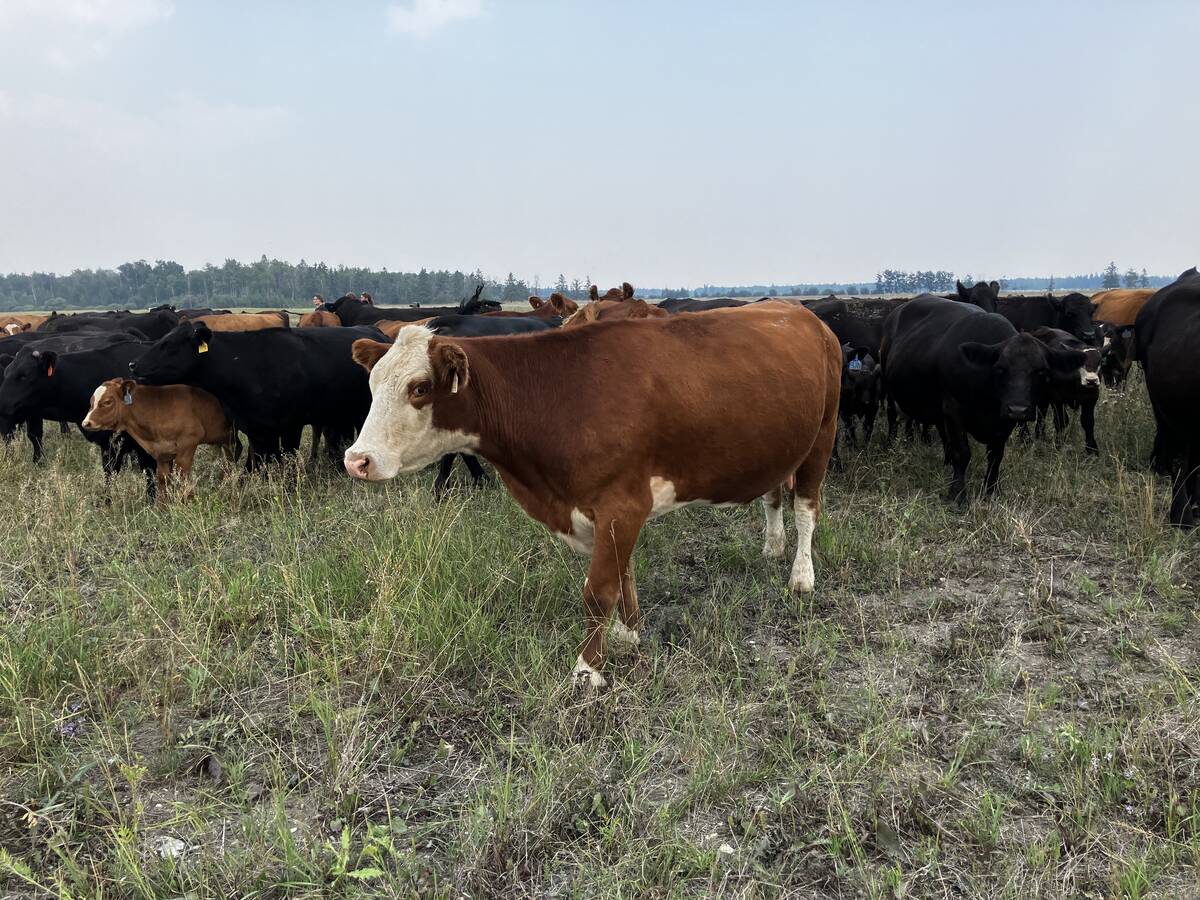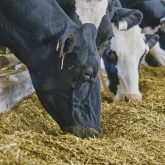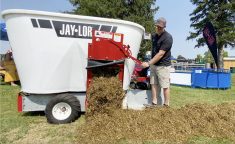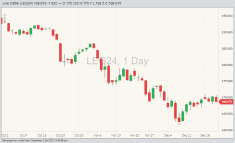U.S. restrictions that have hindered that country’s imports of live Canadian sheep and goats, going back to the start of the BSE crisis in 2003, are set to be scrapped and replaced with rules applying specifically to scrapie.
The U.S. Department of Agriculture’s Animal Plant and Health Inspection Service (APHIS) on Friday published a new final rule updating regulations for imports of sheep, goats, their meat and related products.
The new rule, set to take effect Jan. 3, 2022, “aligns the regulations with the current scientific understanding of BSE,” APHIS said.
Read Also

Beef DNA testing now available in Canada
Tissue samples for DNA testing in beef cattle can now be analyzed at the Global Institute for Food Security at the University of Saskatchewan.
When APHIS originally set up BSE-related import restrictions, “the potential risk of species other than cattle, including sheep and goats, was unknown,” the agency said.
The U.S. rules in place today prohibit imports of most live sheep and goats, and most sheep and goat products, from any countries considered a risk for BSE.
Since then, though, “scientists have learned much more about how BSE works, and their extensive research shows that sheep and goats pose a minimal risk of spreading BSE.”
U.S. regulations in place today limit imports from Canada to include just slaughter or feeder sheep under 12 months old and “certain products” from sheep and goats, as well as sheep and goat semen. They also restrict imports of meat and edible products other than gelatin from Canadian sheep and goats.
The new rules taking effect next month for sheep and goats deal instead with scrapie — a transmissible spongiform encephalopathy (TSE) that can affect those animals. Other TSEs include BSE in cattle, variant Creutzfeldt-Jakob disease in people and chronic wasting disease in cervids such as elk and deer.
Under the new rules, any live sheep or goat entering the U.S. that’s not headed directly for slaughter — or for a designated feedlot followed directly by slaughter — must come from either a scrapie-free country, or from a flock with a herd certification program equivalent to the U.S. Scrapie Flock Certification Program.
According to the Canadian Sheep Breeders’ Association, importers of sheep and goats from Canada for purposes other than slaughter under the new rule will have to provide documents showing the animals have “reached and maintained certified status.”
The U.S. evaluation of Canada’s Scrapie Flock Certification Program has found that farms ranked as “Level Certified Plus” in the Canadian program will meet the new import requirement, the CSBA said in its summary of the new rule.
APHIS will issue permits for sheep of certain “classical scrapie-resistant genotypes” including female sheep of genotype AARR and male sheep of genotypes AARR and AAQR, the association said.
Imported sheep and goats also have to be permanently identified with an APHIS-approved form of country mark, but APHIS “did not specify any particular method of identification,” CSBA said.
APHIS, in its new rule, said it will require official Canadian RFID eartags for goats and sheep imported from Canada, to be specified in guidance published later on the agency’s website. CSBA, however, said those official ear tags alone won’t meet the proposed country mark requirement.
Sheep and goats coming in for purposes other than immediate slaughter will also require a “permanent mark” unless they’re to be maintained as a segregated group in a designated feedlot, APHIS said. Tattoos are “expected to meet the country mark identification requirement,” CSBA said.
Past that, APHIS said, the new rule’s proposals for slaughter and feeder sheep and goats imported from anywhere in the world “are similar to the requirements for sheep and goats imported for those purposes from Canada.
“In other words, we proposed to make the provisions, which had been Canada-specific, broadly applicable to ruminants from anywhere in the world.”
APHIS, in its supporting documents, said it doesn’t expect any “significant increase” in live sheep and goat imports due to the new rule.
In the five years between 2016 and 2020, APHIS said, annual live sheep and goat imports averaged about 12,167 head — all of which came from Canada. Imports per year in that time ranged from 7,338 head in 2018 to 21,223 in 2016.
As for the meat market, APHIS said U.S. imports of sheep and goat meat today come in as chilled or frozen lamb, and “almost entirely” from Australia and New Zealand, the only two countries the U.S. currently recognizes as “wholly free” from scrapie.
APHIS, under the new rule, projects additional imports of sheep and goat meat in a range between 1,582 and 4,747 tonnes per year, which would cut into U.S. domestic meat production by between 439 and 1,317 tonnes — but would also spur greater U.S. domestic sheep and goat meat consumption, to the tune of between 1,143 and 3,430 tonnes.
APHIS said its projections suggest “consumer welfare gains would outweigh producer welfare losses,” and U.S. sheep and goat producers could also benefit from “resulting genetic improvements” by way of imported sheep and goat germplasm. — Glacier FarmMedia Network
















